The Wisconsin Department of Natural Resources (DNR) announced that five communities impacted by severe weather last July will receive an additional $123,600 of aid from reserve funds.
On July 28, 2021, Marathon County and the cities of Omro, Ripon, Tomahawk and Watertown each experienced catastrophic storm damage following severe weather conditions.
Initially, the five grant applicants sought $228,435 from the DNR’s Urban Forestry Catastrophic Storm Grant program to lessen the burden of the impacted communities. However, the grant funds were limited to $104,920.
To assist with funding, the DNR submitted a request in November to the Joint Committee on Finance to transfer additional funds from the forestry emergency reserve.

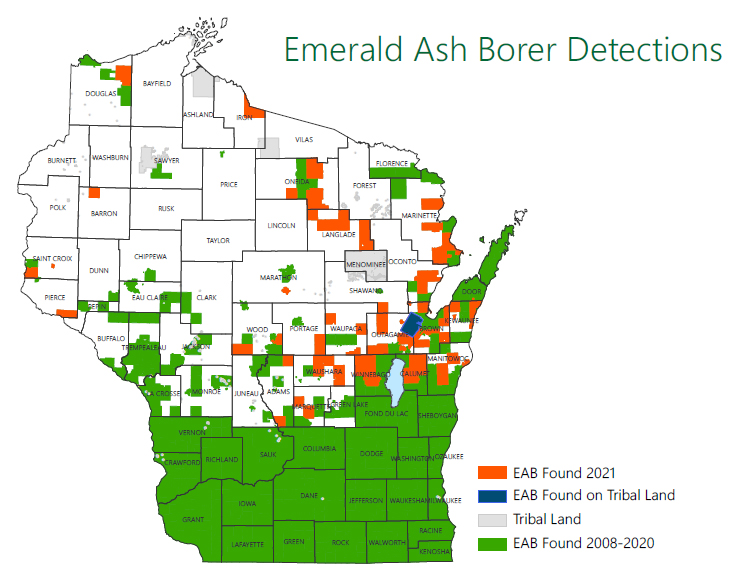
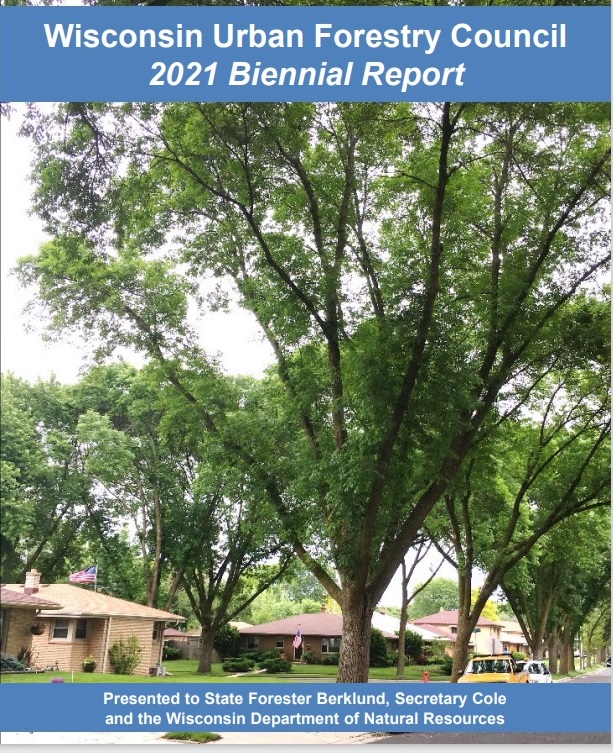 The purpose of the Wisconsin Urban Forestry Council is to advise the state forester, currently Heather Berklund, and the Wisconsin Department of Natural Resources (DNR) on the best ways to preserve, protect, expand and improve Wisconsin’s urban and community forest resources.
The purpose of the Wisconsin Urban Forestry Council is to advise the state forester, currently Heather Berklund, and the Wisconsin Department of Natural Resources (DNR) on the best ways to preserve, protect, expand and improve Wisconsin’s urban and community forest resources.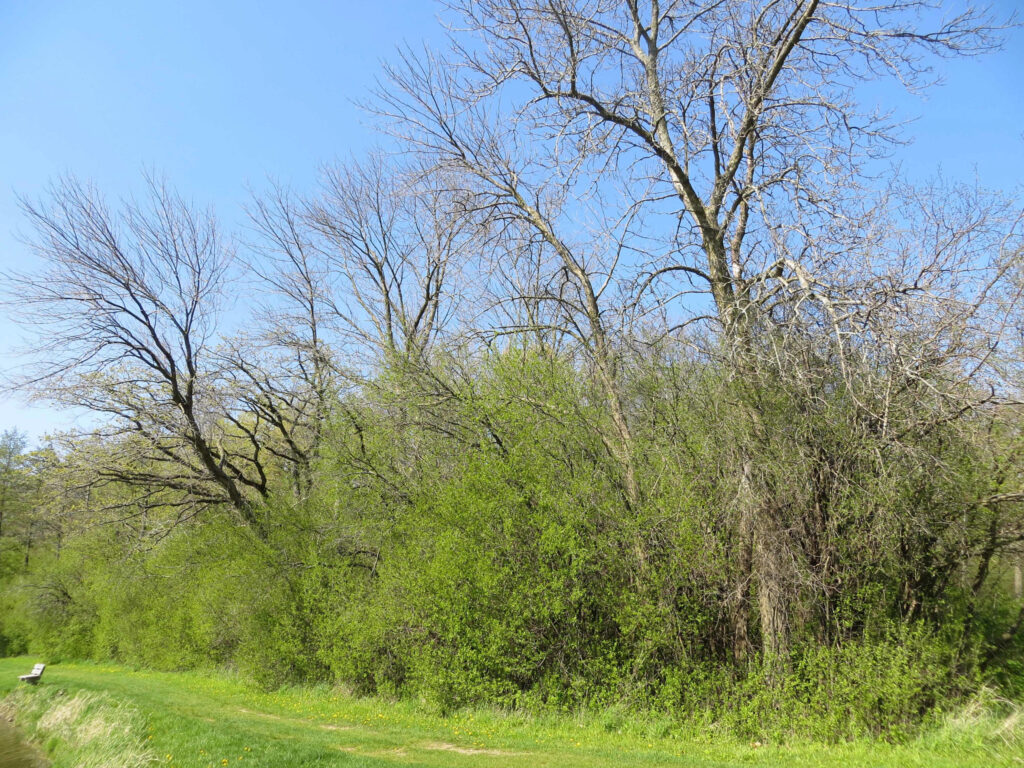
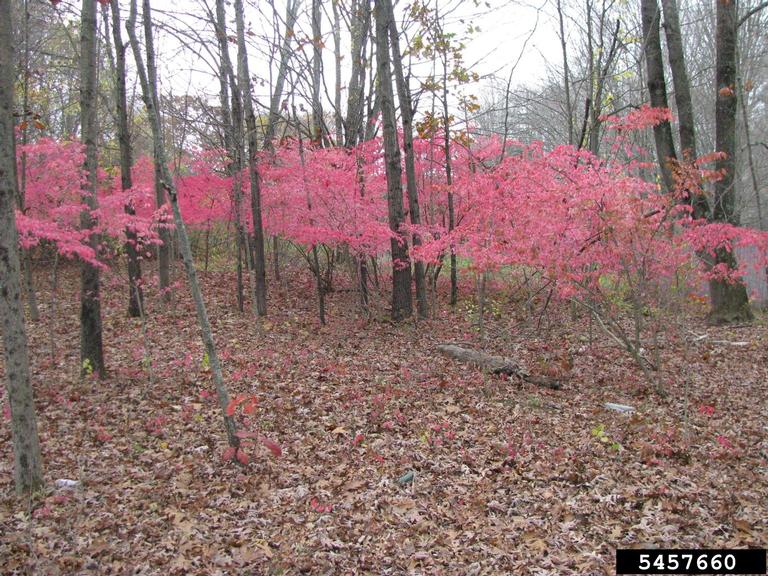
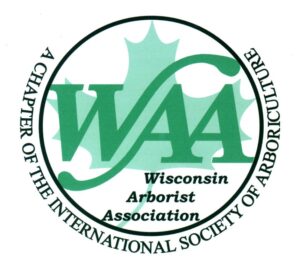 Join the Wisconsin Department of Natural Resources (DNR) and the Wisconsin Arborist Association for the 2022 Wisconsin Annual Urban Forestry Conference. The conference will be held on Feb. 20 – 22 at the KI Convention Center in Green Bay with select sessions available for attendance virtually.
Join the Wisconsin Department of Natural Resources (DNR) and the Wisconsin Arborist Association for the 2022 Wisconsin Annual Urban Forestry Conference. The conference will be held on Feb. 20 – 22 at the KI Convention Center in Green Bay with select sessions available for attendance virtually.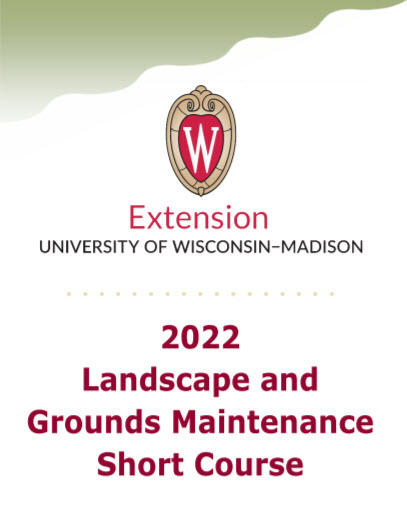 The virtual
The virtual 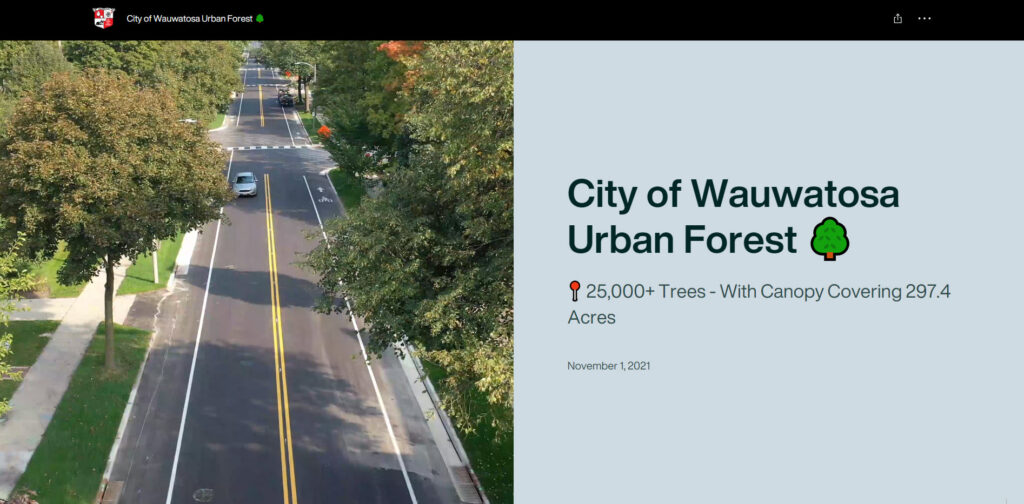 Over the past few years, the Wauwatosa Forestry Department has been working with the City’s geographic information system (GIS) manager to inventory City trees into a GIS database.
Over the past few years, the Wauwatosa Forestry Department has been working with the City’s geographic information system (GIS) manager to inventory City trees into a GIS database.